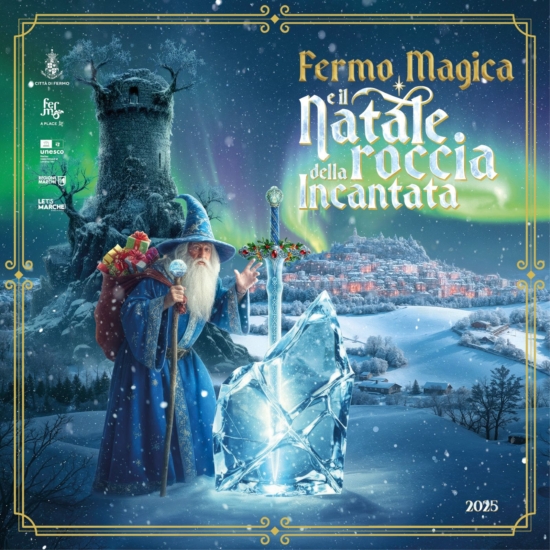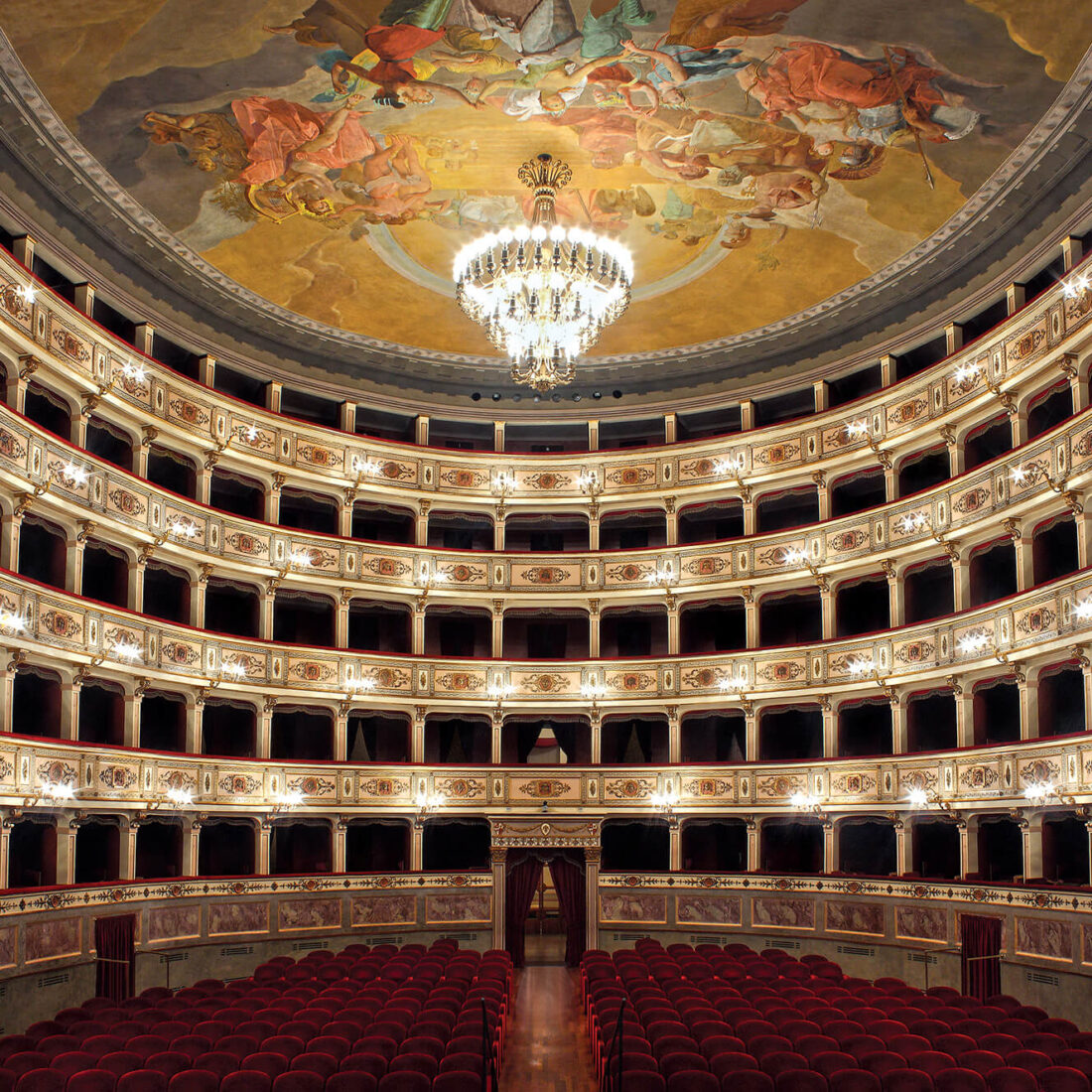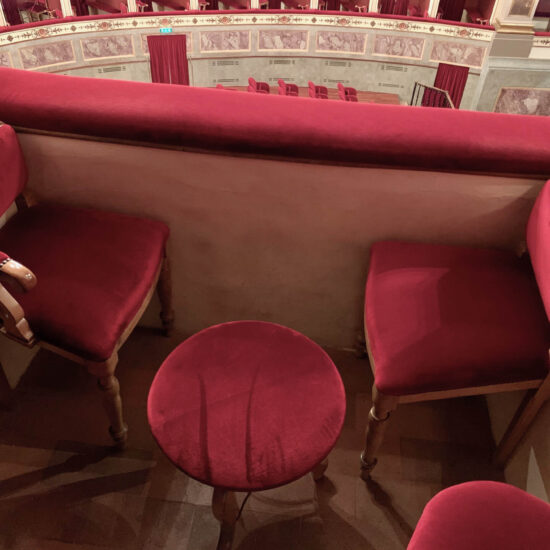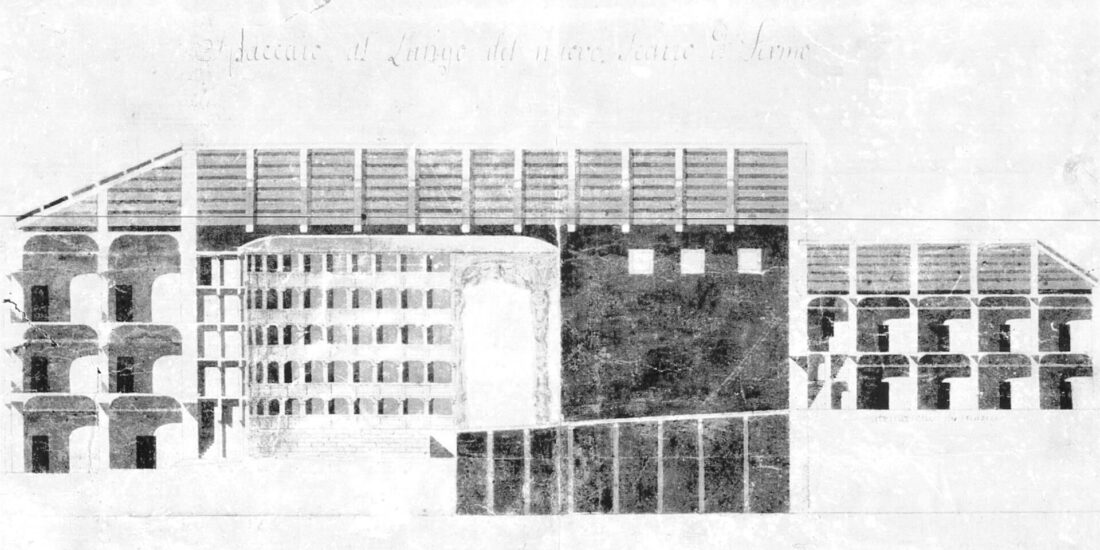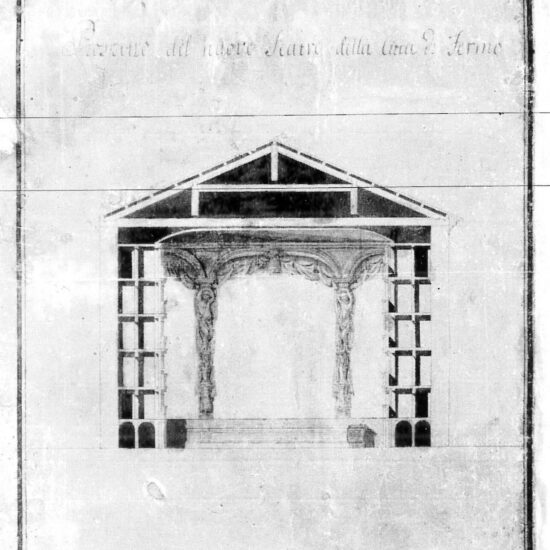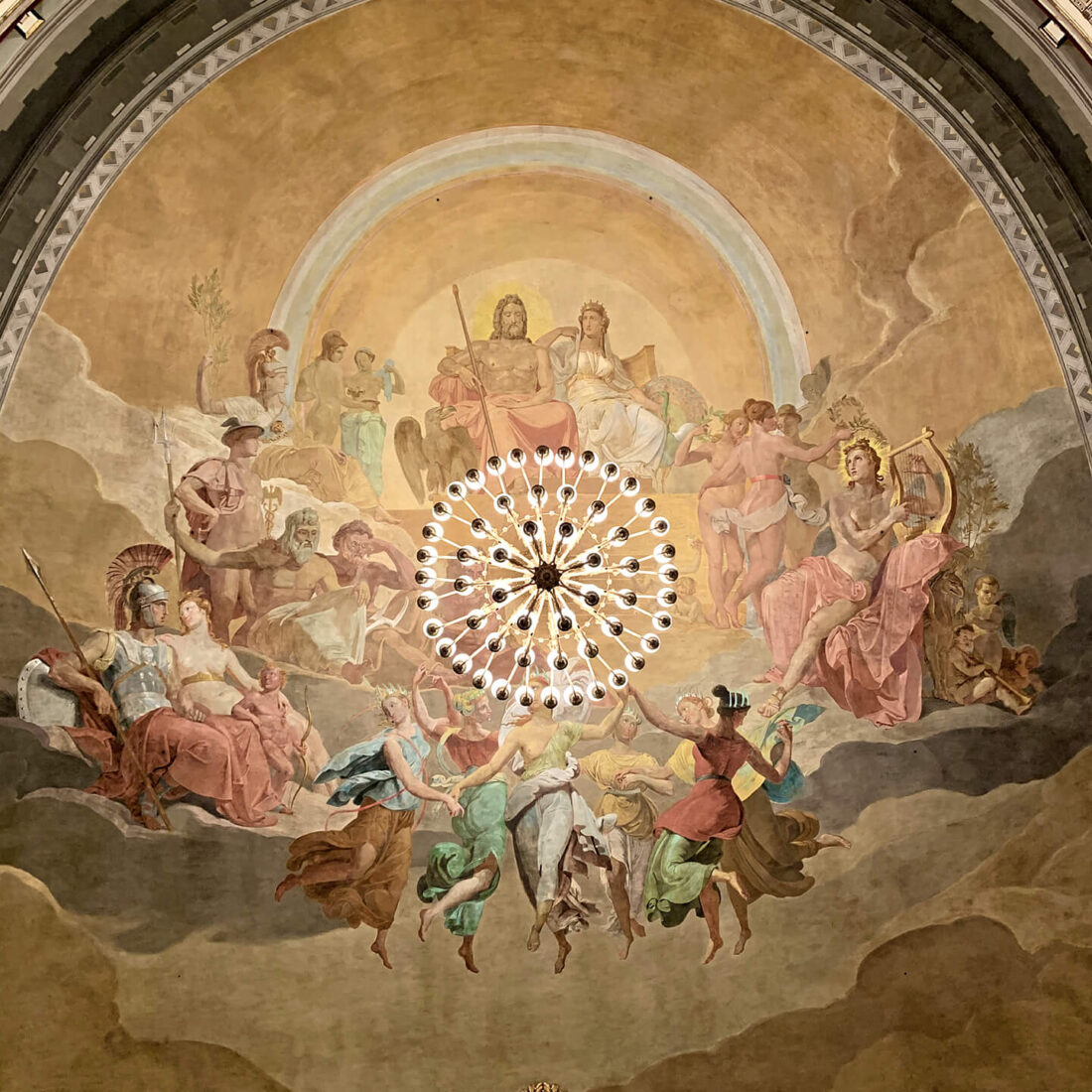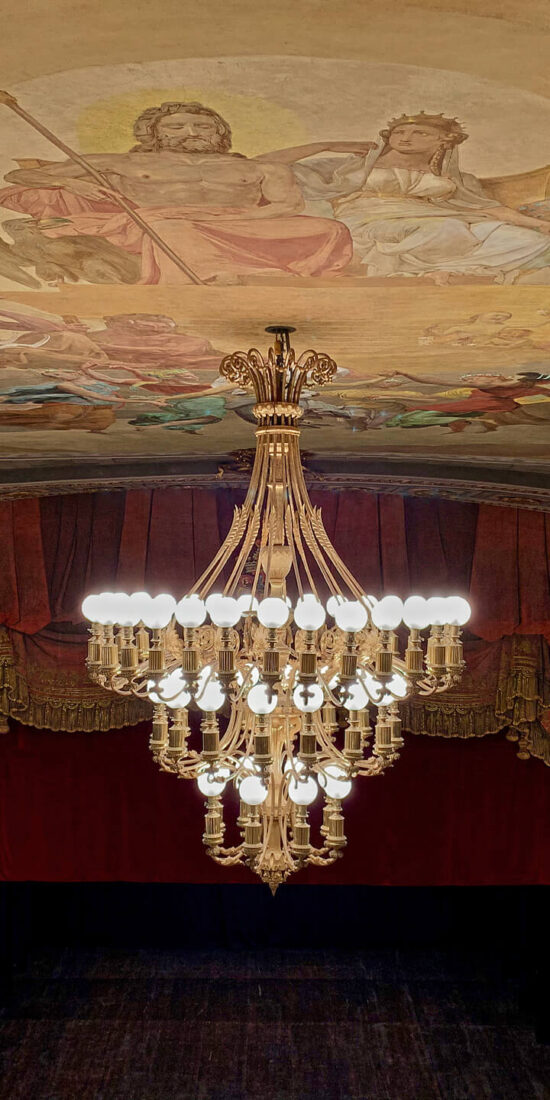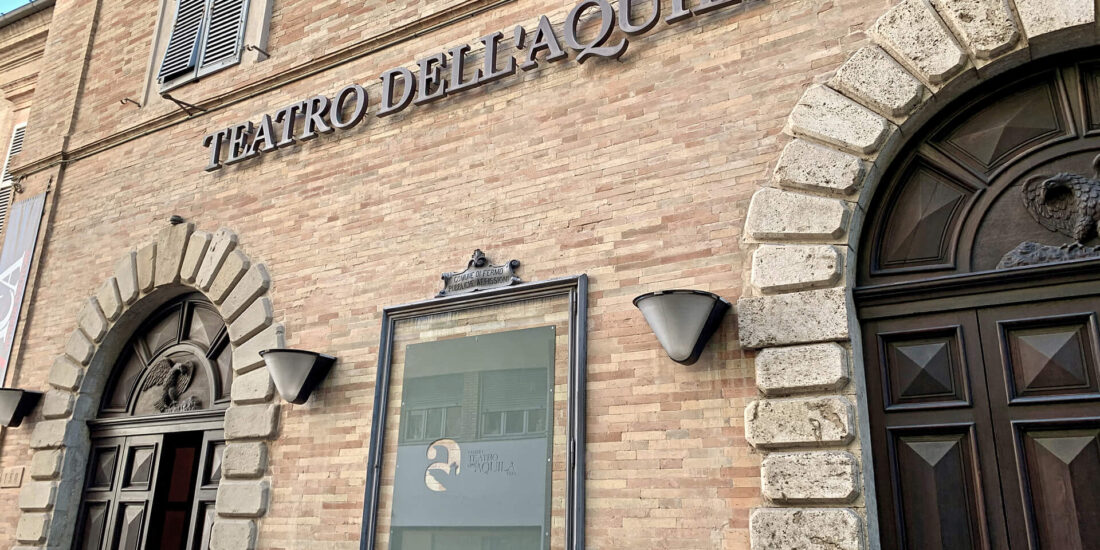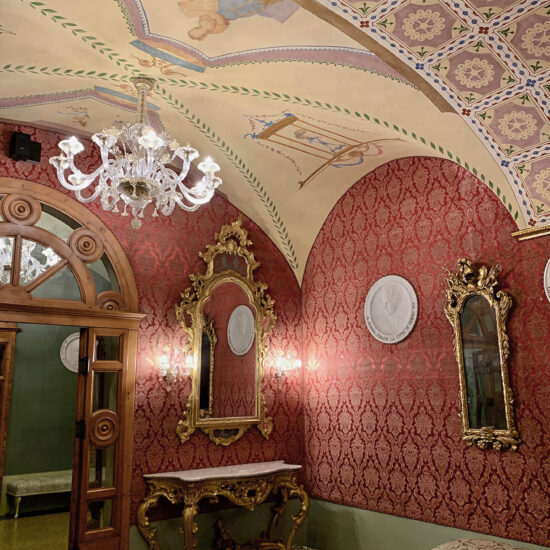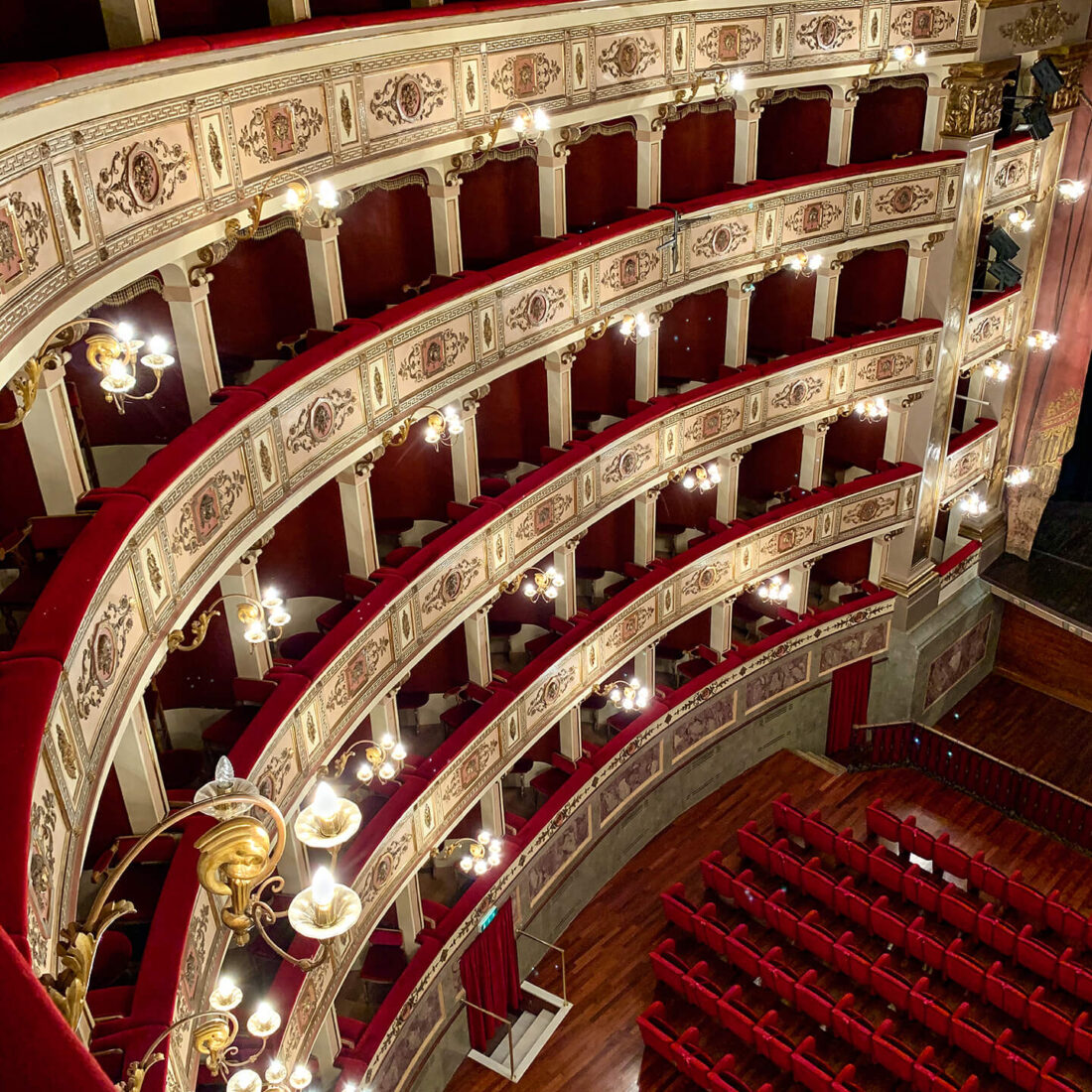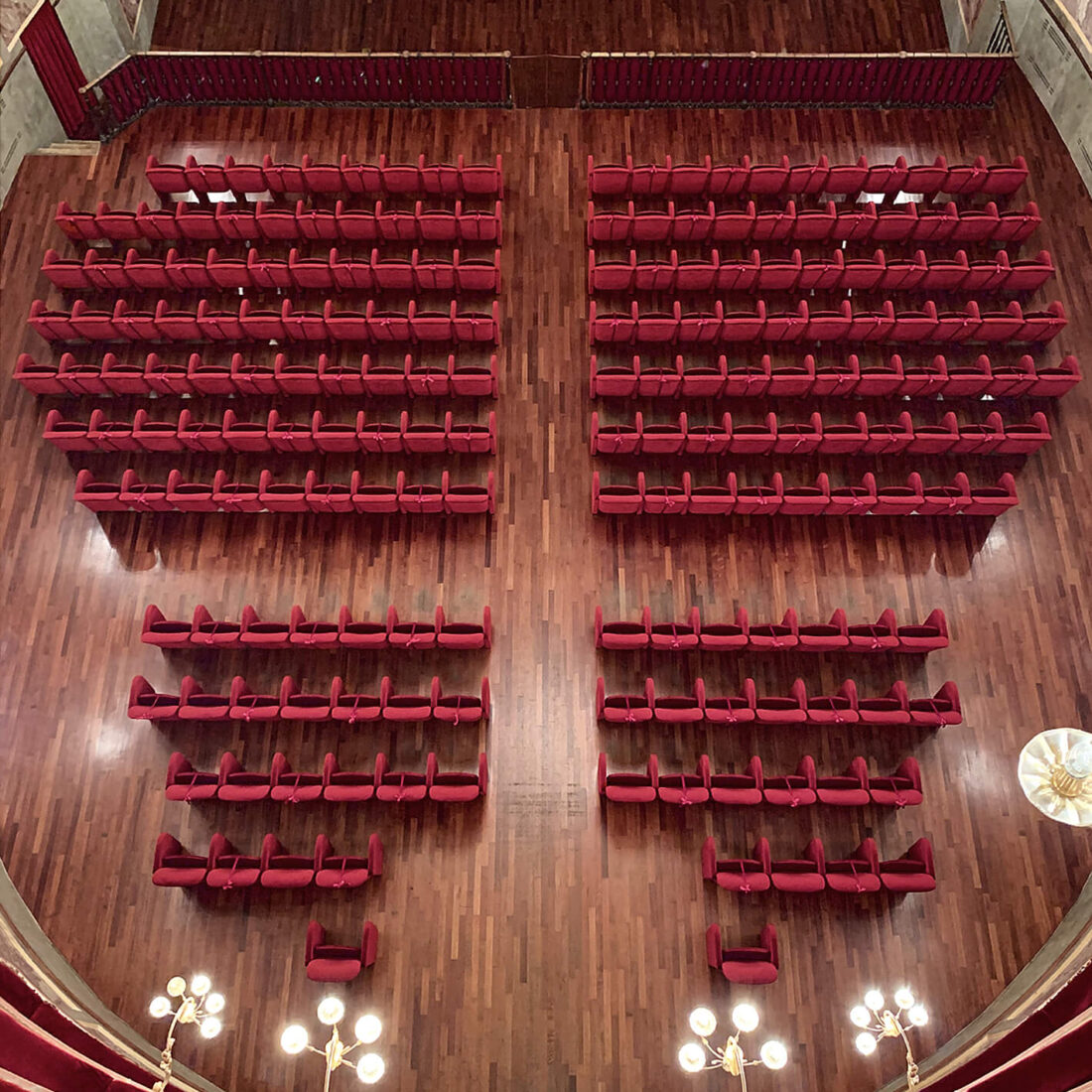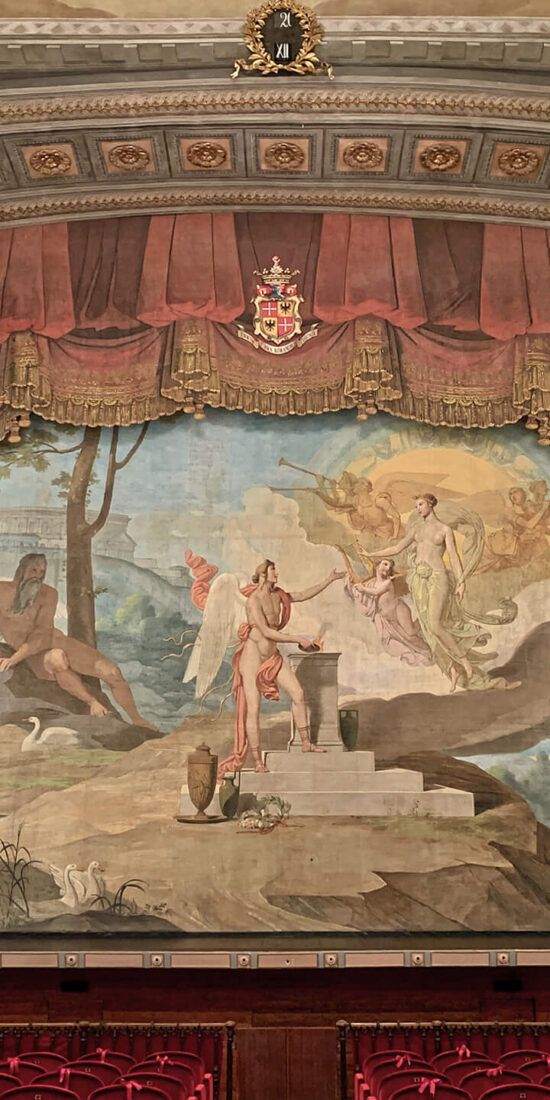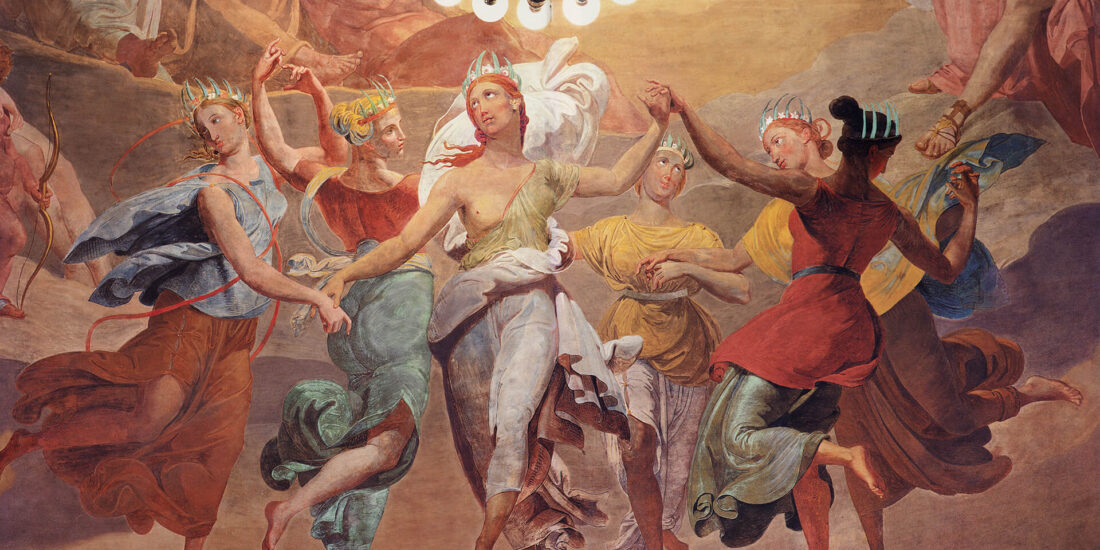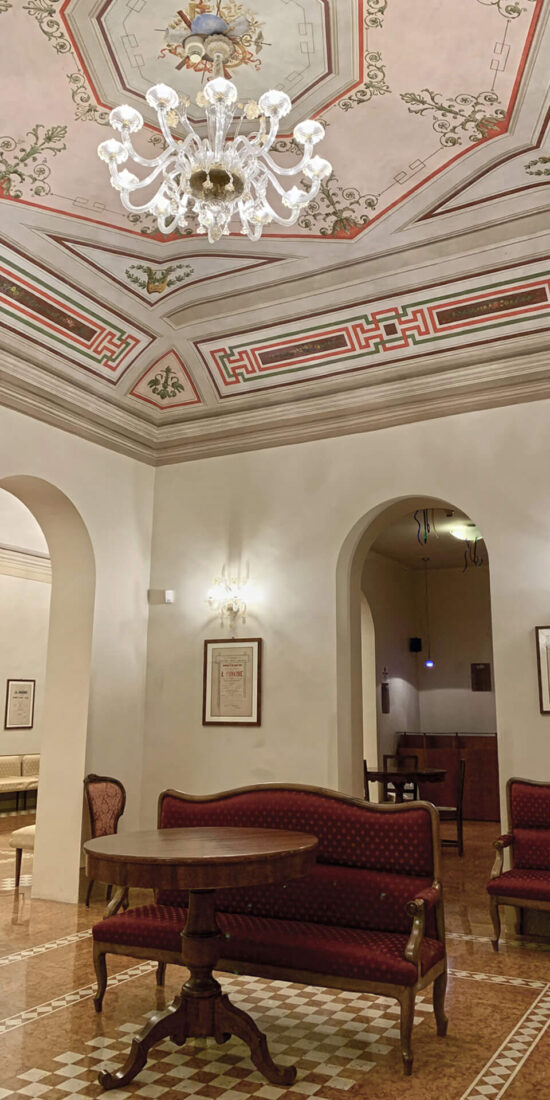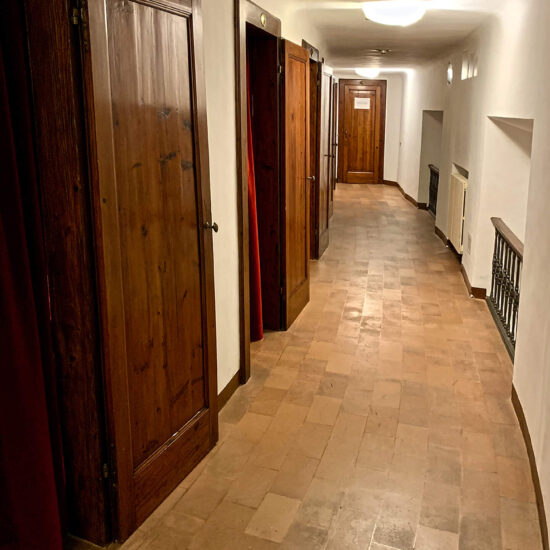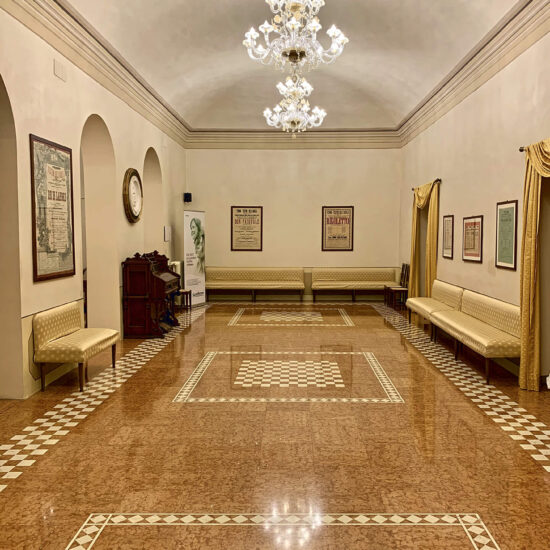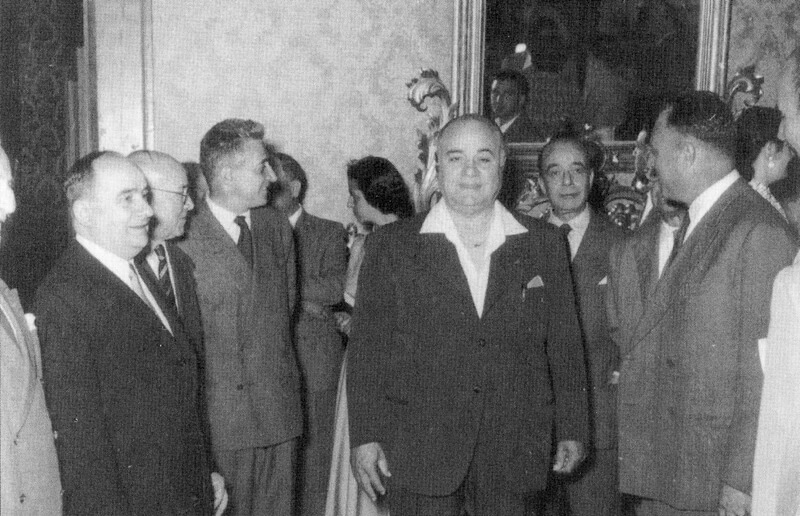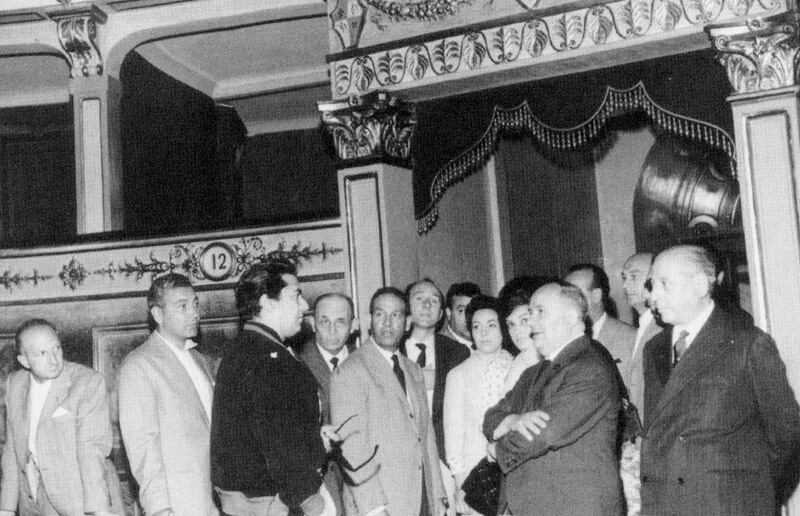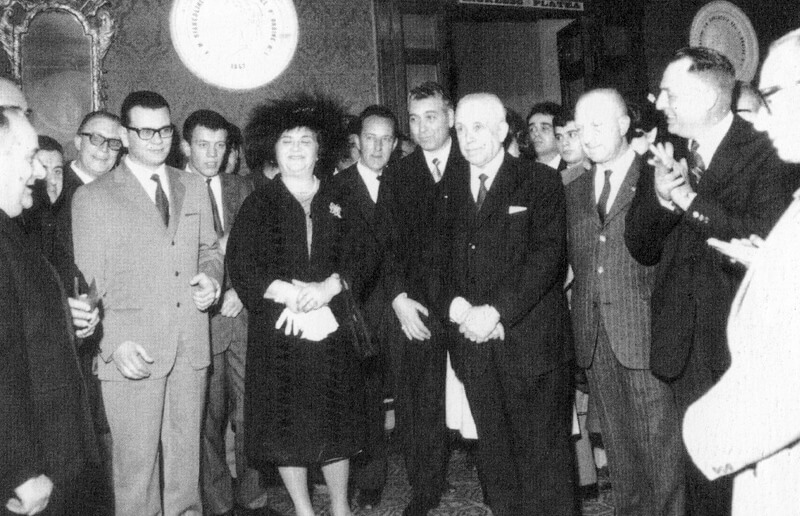During the night between 23 and 24 January 1826, a fire damaged a side of the Hall, from the floor to the roof covering, affecting the stability of eight boxes near the second and third orders, of a portion of the perimeter of the hall, of the ceiling and part of the roof.
Significant restoration and renovation works of the inside finishing were carried out between 1826 and 1830, under the direction of engineer Dasti.
The current shape of the Teatro dell’Aquila hall, featuring 124 boxes, proscenium and one stage arc, is the result of the transformation of that period based on a project by Giuseppe Ghinelli, architect of Teatro delle Muse in Ancona and Teatro Rossini in Pesaro.
On this occasion many other modifications to Teatro dell’Aquila were made: a large part of the roof was restored, the ceiling was lowered, the boxes were reinforced. The decors, the frames, the stuccoes were remade, the stage arc and the curtains were painted and the lighting system was fixed. The floor of the hall, slightly inclined, was lowered about 50 cm (20 in) and it was made with bricks “alla rustica”. Under the stage a 180 cm (6 ft) excavation was made to improve the harmonic.
The ornamental finishing of the parapets of the boxes, including the embossed decorations “a mecca” (a kind of paint), the marbles and all the colours, were realised by painter Biagio Baglioni from Macerata, between December 1827 and August 1828. The tempera painting of the ceiling is a refined masterpiece by Luigi Cochetti, realised in 1828.
In 1830, the gilded iron chandelier, with wooden leaves and 56 branches, originally powered by carbide, was purchased in Paris and it was recently restored.
In those years, the interior assumed the 18th-century style characteristics we can still gaze at in Teatro dell’Aquila.
The most considerable refurbishing of the inside was carried out around the years 1876/1878, under the guidance of engineer Pietro Dasti, municipal technician, of count Guglielmo Vinci and of engineer Michele Bernetti as foremen. This series of interventions aimed at retaking and renewing the paintings and decors of the Hall, restoring the painting of the ceiling and modernizing the furnishings and finishing in the theatre boxes. The descriptive evaluation related to these works is preserved in the State Archive of Fermo.
During this last intervention, some decorative items of the theatre were added or replaced such as the zoomorphic figures in papier-mâché and the rosettes at the intersections of the meanders. The gorges, the pillars, the capitals, the entrance door, the rose windows and the tresses of the stage arc were regilded. The interiors of the boxes were also refinished, the upper orders were painted and the lower orders were covered with moiré red wallpaper
With this last substantial change, the hall assumed the stylistic-decorative characteristics we can still admire today in Teatro dell’Aquila.

